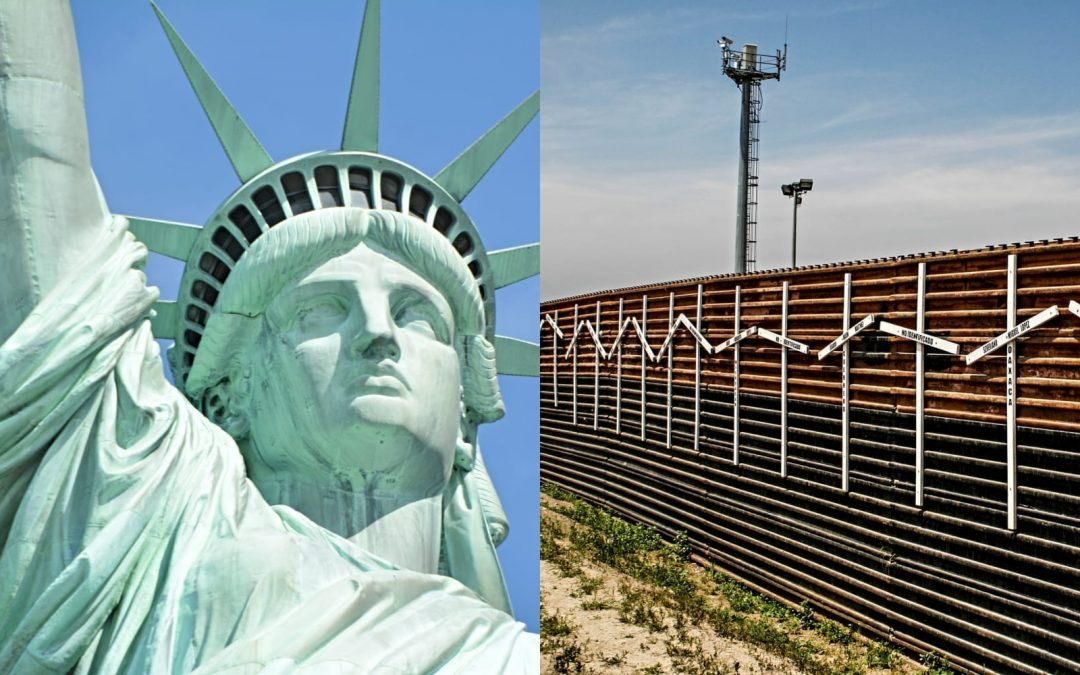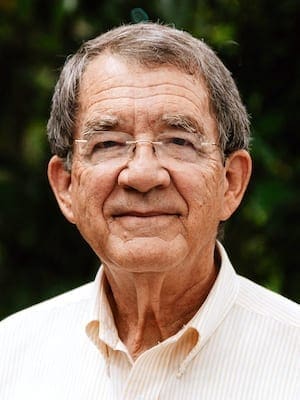Viktor Frankl famously proposed that a companion to the Statue of Liberty on the East Coast be erected on the West Coast in the form of a Statue of Responsibility.
This beloved and much-read interpreter of human experience understood that freedom would degenerate into arbitrariness if it was not balanced with responsibility.
Two symbols marking the east and west mainland boundaries of the nation, these statues would affirm the depth of the meaning of liberty and protect it from being distorted by superficial understanding.
At our best, the relationship of freedom and responsibility has defined the national character of the U.S. and led us through the cultural challenges represented by slavery, many arenas of discrimination and other contemporary issues that reflect a less-than-complete embrace of the principles inherent in our founding vision.
Two other “boundary symbols” now claim much of our attention as a people and frighteningly seem to be defining a significant portion of our character.
They are somewhat more metaphorical than statues, but they have become powerful symbols in the rhetorical world we now live in.
One is a “wall” on our southern border and the profile of attitudes it reflects. The other consists of a curtain of trade tariffs around the entire country disrupting the economic relationships of a world market and the straining of relationships with both nearby and distant neighbors.
The “bookends” of a Statue of Liberty and a hypothetical Statue of Responsibility say a great deal about the character of the “books” that lie between them.
They speak of hospitality, opportunity, discipline, growth, integrity and a commitment to be the kind of country where the contribution of every participant is significant for the well-being of the whole.
There is a vision of a “more perfect union” – always a work in progress – embraced as a guide for an ongoing quest.
The liberty whose primary holiday we have just celebrated, with all the fanfare that has come to mark its meaning, is a liberty not to live without constraint but to live within a framework where human dignity is respected, where generosity of spirit offers life and the pursuit of happiness for all who live “from sea to shining sea.”
The dark cloud that is dimming the “shine” of “liberty and justice for all” has been building for some time, and it has many ingredients.
It is easy to point to the antics of one person or one party as the cause, but careful reflection reminds us that such cultural shifts are not the result of singular decisions.
Rather, they emerge from a cultural climate that tolerates and accepts as normal the kind of disregard for the common good that we have seen grow to crisis proportions in recent months.
Were it not for the “consent of the governed,” a paralyzed Congress, a dysfunctional administration and a judiciary defined more by an ideological template than by constitutional integrity would not be operative in the face of our current challenges.
Somehow, over time, we have allowed the message that we have so often prided ourselves as offering as a nation – a message of hospitality, opportunity and world citizenship – to morph into a message on a border sign that says, “You’re not welcome here if you are different, even if you are fleeing extreme danger in your homeland,” and into a message in foreign policy that says, “We don’t need you in order to prosper and be safe.”
The books between these bookends in the library of our national character document a different kind of community from the one we ceremonially affirm with our pageantry and patriotic images from our founding.
Many voices in the public conversation are pointing to the difference between these two profiles of our national character and reminding us of how far and how fast we seem to be moving in a less than morally responsible direction.
But the voices that support this protectionist and inhospitable social and economic perspective are strong as well, and they reflect the fear and threat of the diversity that is easily portrayed as the cause of their distress.
The noise of the clash between these two narratives of our national character can be deafening to the reminder that we have a choice of which portrait to embrace.
Like the Native American story of the grandfather who tells his grandson that two wolves fight within him. One is anger, envy, greed, arrogance, lies, superiority and ego. The other is love, peace, hope, humility, kindness, generosity, truth and compassion.
“Which wolf will win the fight?” the grandson asks.
“The one I feed,” the grandfather replies.
Which library of books between which bookends will eventually document our national character?
The one we read and heed.
Professor emeritus of religious studies at Mercer University, a member of Smoke Rise Baptist Church in Stone Mountain, Georgia, and the author of Keys for Everyday Theologians (Nurturing Faith Books, 2022).


